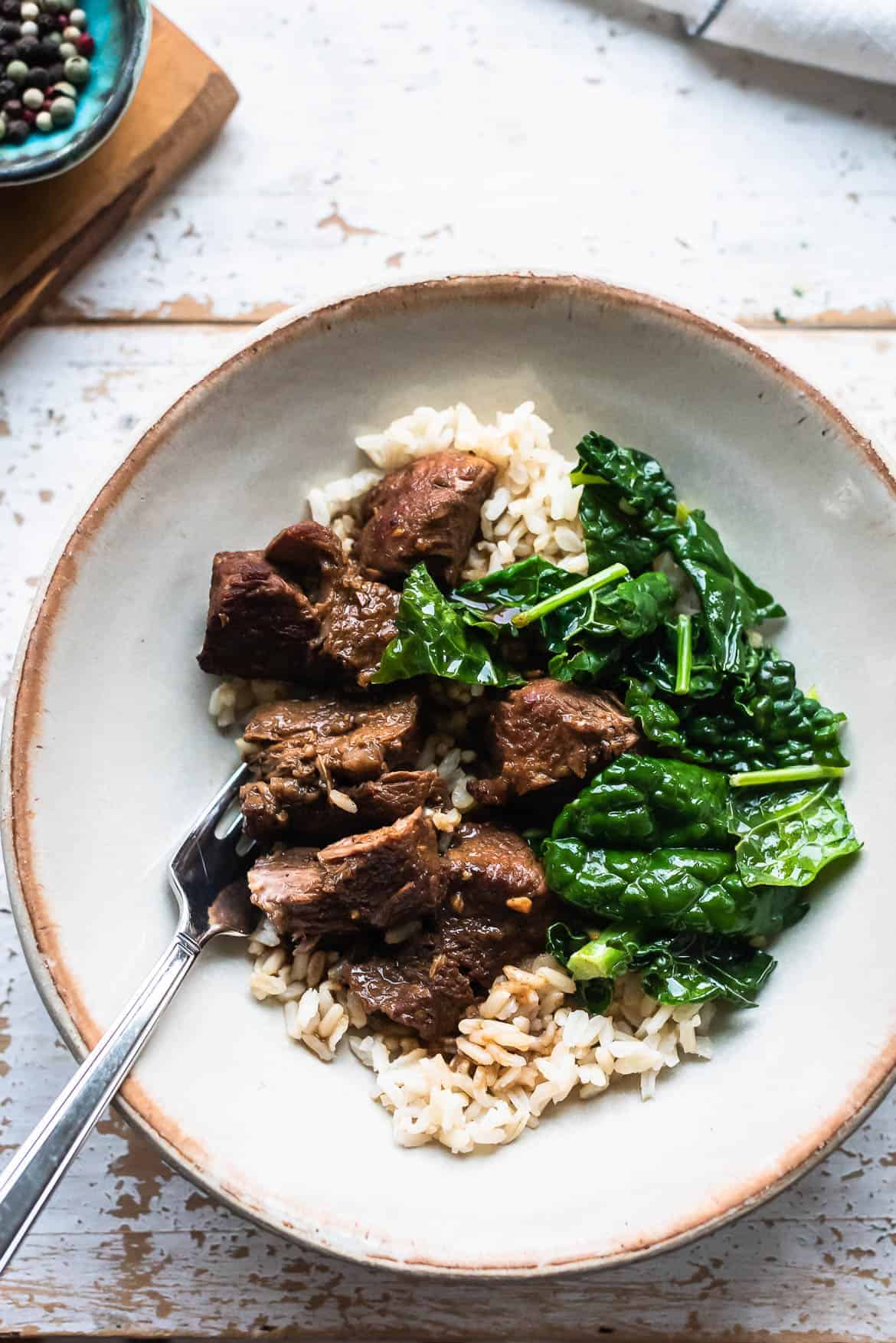Explore Authentic Filipino Food Recipes for Every Meal.
Enjoy Traditional Filipino Flavors With Easy-To-Follow Recipes
Discovering typical Filipino cuisine offers an one-of-a-kind chance to involve with an abundant tapestry of flavors and social narratives. As we discover these culinary traditions, one may ask yourself exactly how to best bring the heat of Filipino friendliness to their own eating table.

Overview of Filipino Food
Discovering the vibrant tapestry of Filipino cuisine reveals a rich social heritage affected by different historical and geographical elements. As a result, Filipino food is an unique mix of Malay, Spanish, Chinese, and American components.
Rice works as the keystone of Filipino dishes, usually come with by an array of veggies, meats, and seafood. Using strong flavors is a hallmark of the cuisine, with active ingredients such as garlic, onions, ginger, and soy sauce playing crucial duties. The emphasis on public dining reflects the Filipino society of friendliness and family connections.
Road food also plays a considerable function in the cooking scene, showcasing regional components and creative food preparation methods. As the Philippines remains to embrace globalization, the blend of traditional and modern-day influences can be seen in modern Filipino dishes, better enhancing its culinary identity. Filipino food recipes. Overall, Filipino food is a testimony to the nation's background, society, and vivid spirit
Must-Try Standard Recipes
Filipino food is finest experienced through its standard recipes, each providing a special understanding right into the country's diverse cooking heritage. Amongst the must-try recipes is Adobo, a mouthwatering stew usually made with hen or pork, marinated in vinegar, soy sauce, and garlic prior to being slow-cooked to excellence. Its rich and appetizing taste profile stands for the heart of Filipino comfort food.
An additional famous recipe is Sinigang, a sour soup frequently prepared with tamarind, tomatoes, and numerous veggies. This recipe can feature pork, shrimp, or fish, and is valued for its revitalizing taste and heating qualities.
Lechon, an entire roasted pig, is a focal point at Filipino parties, known for its crispy skin and tender meat. It embodies the festive spirit of Filipino gatherings.
For those yearning something wonderful, Halo-Halo is a fascinating treat integrating crushed ice, sweetened fruits, jellies, and covered with leche flan and purple yam.
Each of these traditional dishes encapsulates the significance of Filipino culture, inviting anyone to appreciate the vibrant tastes and abundant history that define the island chain's culinary landscape.
Step-by-Step Recipes
Food preparation genuine Filipino dishes at home can be an enriching experience that brings the vibrant flavors of the Philippines right into your kitchen area. With a wide variety of conventional recipes to pick from, utilizing step-by-step recipes permits both amateur and knowledgeable cooks to master the strategies and flavors integral to Filipino food.
Begin by picking a meal that intrigues you, such as adobo, sinigang, or lumpia. Each dish commonly includes a comprehensive ingredient list complied with by clear instructions, leading you with the food preparation process.
As you proceed, pay close attention to food preparation techniques special to Filipino food, such as sautéing (ginisa) or stewing (nilaga) Full Report These methods can substantially boost the depth of taste in your recipes. Moreover, timing is vital; follow the suggested cooking times to attain the ideal structure and preference.
Essential Ingredients and Tips
Often, the trick to understanding Filipino food hinges on understanding and utilizing important active ingredients that specify its unique flavors. Central to lots of recipes are staples Full Report like soy sauce, vinegar, garlic, and ginger, which add to the special equilibrium of tasty, sour, and wonderful notes. Soy sauce works as a base for marinates and sauces, while vinegar, especially cane vinegar or coconut vinegar, gives a zesty brightness that is essential in meals like adobo.
Rice is an essential component of Filipino dishes, often served alongside primary programs to soak up delicious sauces. For a touch of credibility, select jasmine or long-grain rice. Furthermore, using fresh produce such as tomatoes, green beans, and eggplants enhances the recipe's vibrancy and dietary worth.
Do not ignore the value of natural herbs and spices, such as bay leaves, lemongrass, and chili peppers, which boost the taste profile. When cooking, remember that patience is vital-- enabling components to meld with each other leads to richer flavors. Lastly, embrace the method of tasting as you go; this will certainly enable you to adjust spices and accomplish the ideal equilibrium that article characterizes Filipino food.
Offering and Appreciating Filipino Dishes
Recognizing the nuances of Filipino food expands beyond prep work and components; it encompasses the way meals are served and taken pleasure in. The Filipino eating experience is defined by communal sharing, promoting a feeling of togetherness and celebration. Typically, meals are presented in huge portions, permitting diners to take part in a variety of flavors.
Rice, a staple in Filipino dishes, is frequently functioned as the structure upon which the other dishes remainder. Accompanying viands, such as adobo, sinigang, or lechon, are put in the facility of the table, inviting visitors to offer themselves. Filipino food recipes. This method not only fosters a loosened up environment yet likewise motivates discussions and connections amongst restaurants

Conclusion
In conclusion, traditional Filipino cuisine supplies an abundant tapestry of flavors and cultural significance, welcoming expedition with its diverse recipes. The easy-to-follow dishes offered assist in the prep work of famous meals, promoting a deeper appreciation for the ingredients and strategies included. Highlighting communal eating, these cooking methods strengthen family members connections and advertise the heat of Filipino hospitality. Engaging with this vibrant food not only enriches the dining experience but additionally maintains and commemorates the heritage of the Filipino individuals.